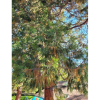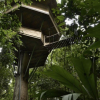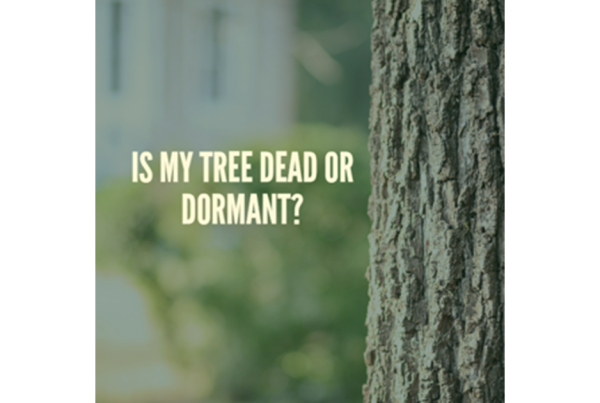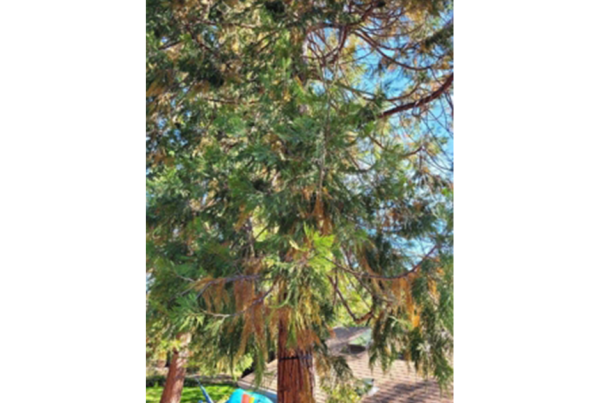
In this blog, we always talk about trees, but what about the leaves? What role do they play in the lives of trees and why are they so important? Most homeowners don’t look forward to fall, because that means they have to rake up the leaves and they can become a maintenance headache if not dealt with.
So, what exactly are leaves and how do they benefit our trees?
Leaves are structures specialized for photosynthesis and are arranged on the tree in such a way as to maximize their exposure to light without shading each other. They are an important part of the tree and may be thorny or contain phytoliths, lignins, tannins or poisons to discourage herbivory.
Trees have evolved leaves in a wide range of shapes and sizes, in response to environmental pressures including climate and predation. They can be broad or needle-like, simple or compound, lobed or entire, smooth or hairy, delicate or tough, deciduous or evergreen. The needles of coniferous trees are compact but are structurally similar to those of broad-leaved trees. They are adapted for life in environments where resources are low or water is scarce.
Frozen ground may limit water availability and conifers are often found in colder places at higher altitudes and higher latitudes than broad leaved trees. In conifers such as fir trees, the branches hang down at an angle to the trunk, enabling them to shed snow. In contrast, broad leaved trees in temperate regions deal with winter weather by shedding their leaves.
When the days get shorter and the temperature begins to decrease, the leaves no longer make new chlorophyll and the red and yellow pigments already present in the blades become apparent. Synthesis in the leaf of a plant hormone called auxin also ceases. This causes the cells at the junction of the petiole and the twig to weaken until the joint breaks and the leaf floats to the ground. In tropical and subtropical regions, many trees keep their leaves all year round.
Individual leaves may fall intermittently and be replaced by new growth but most leaves remain intact for some time. Other tropical species and those in arid regions may shed all their leaves annually, such as at the start of the dry season.
So, the next time you’re reluctant about raking up the leaves in your yard, remember that without them, your trees would not be able to live long, healthy lives. This tidbit of useful information has been provided to you by the professionals at Image Tree Service, Inc. in Windsor, CA.
Categories: Tree Services, Tree Facts
















